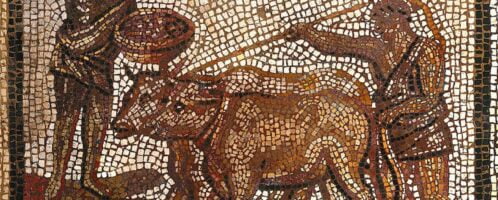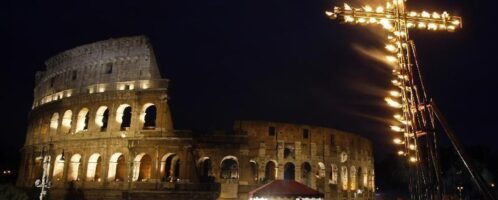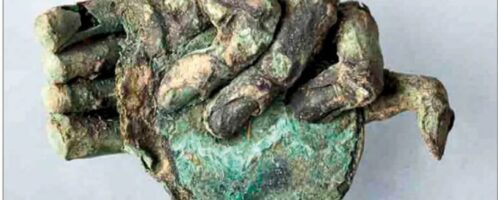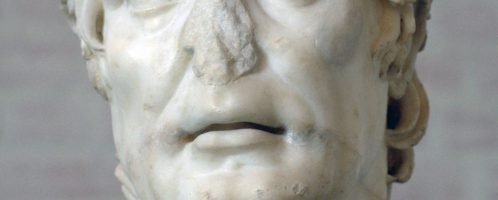Columella – Roman author on agriculture
Columella, or Lucius Junius Moderatus Columella, was a Roman agronomic writer who lived in the 1st century CE and is one of the most important authors of ancient texts on agriculture. His work De re rustica (On Agriculture), consisting of twelve books, is a comprehensive agricultural manual that describes all aspects of farm management – from growing plants, through animal husbandry, to methods of storing crops. Columella also wrote about the owner’s role on the farm, and his advice was addressed to both landowners and ordinary farmers. Columella’s work has survived and is still an important source of knowledge about ancient agriculture and man’s relationship to the land.











